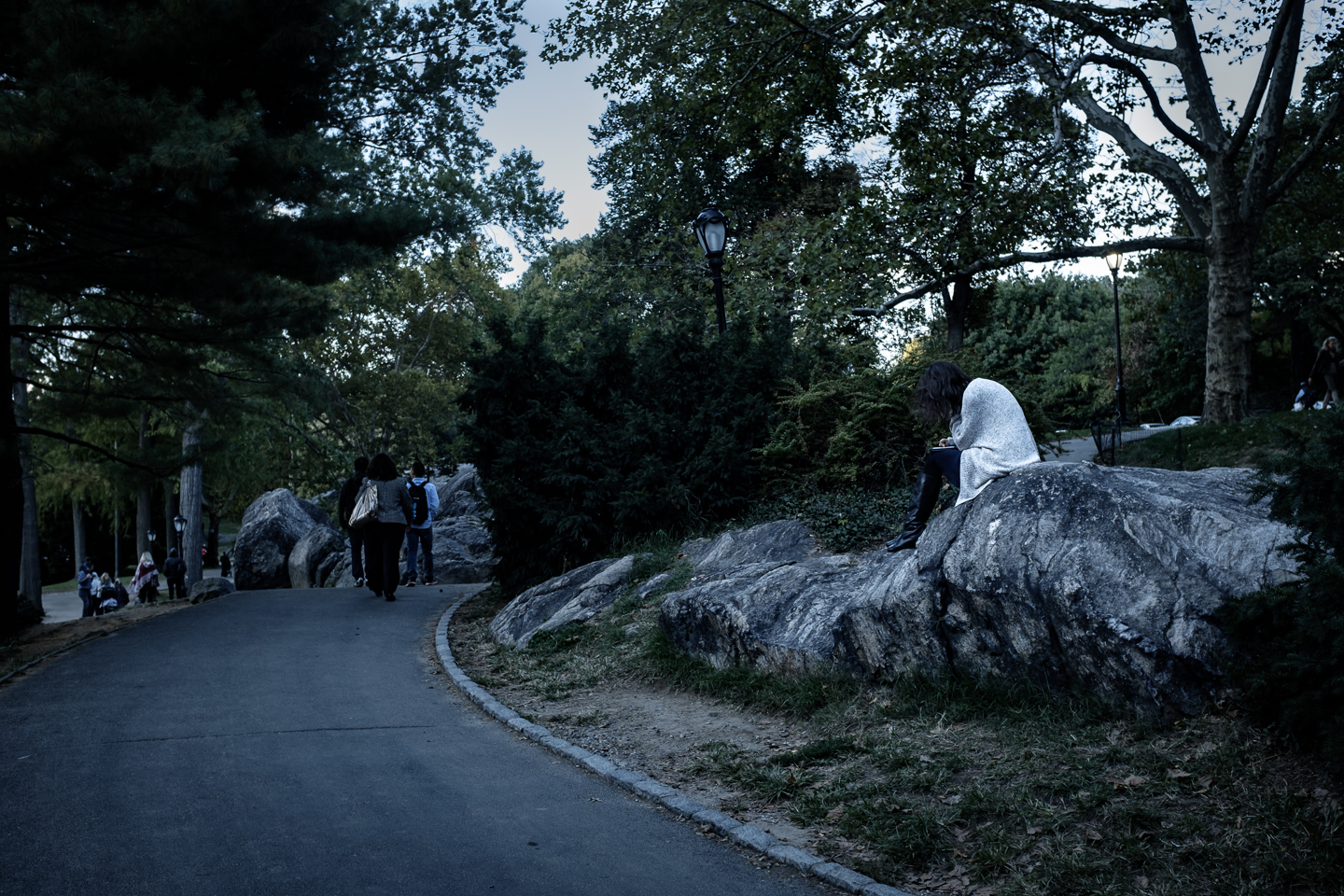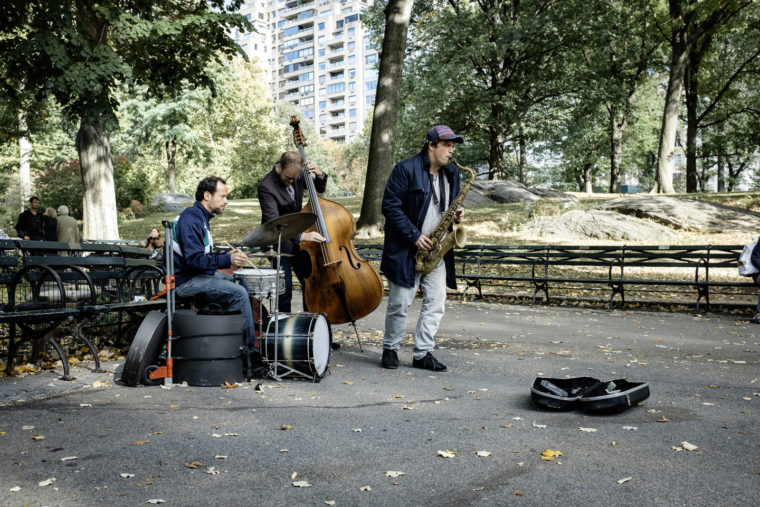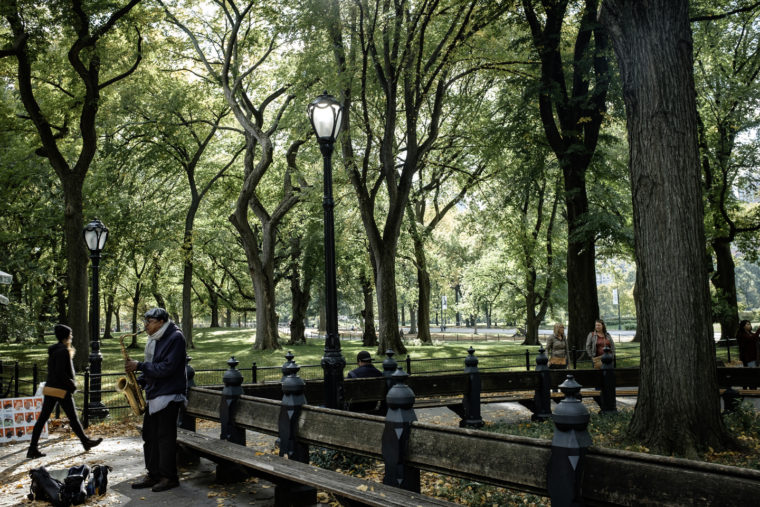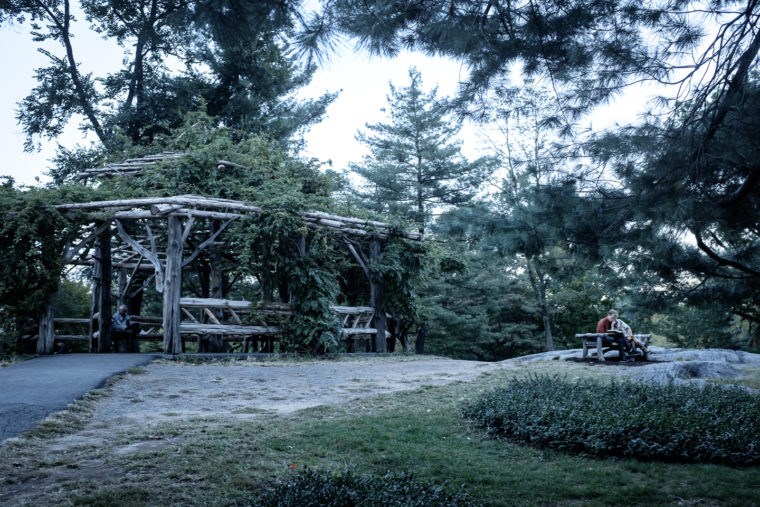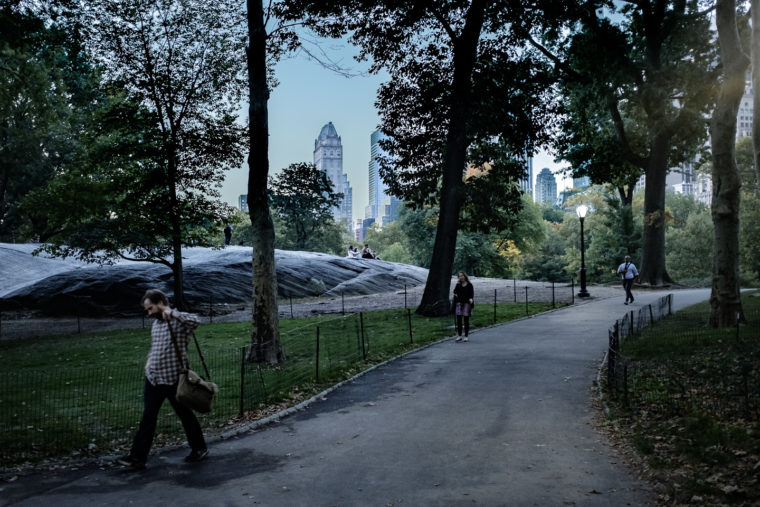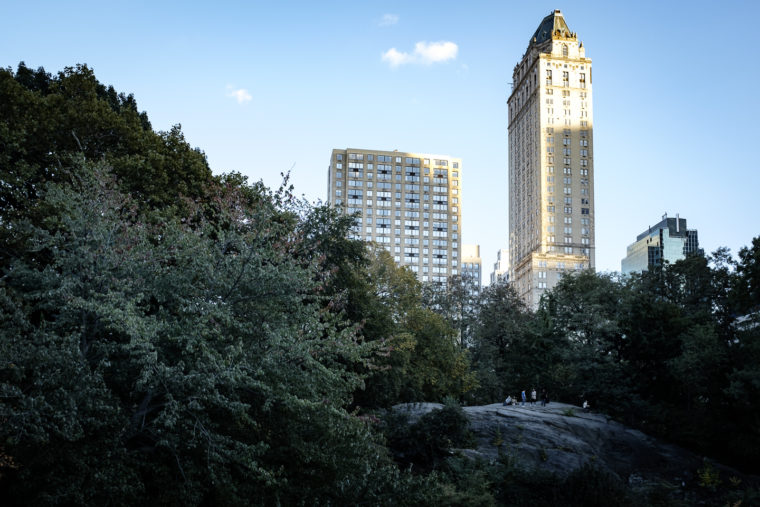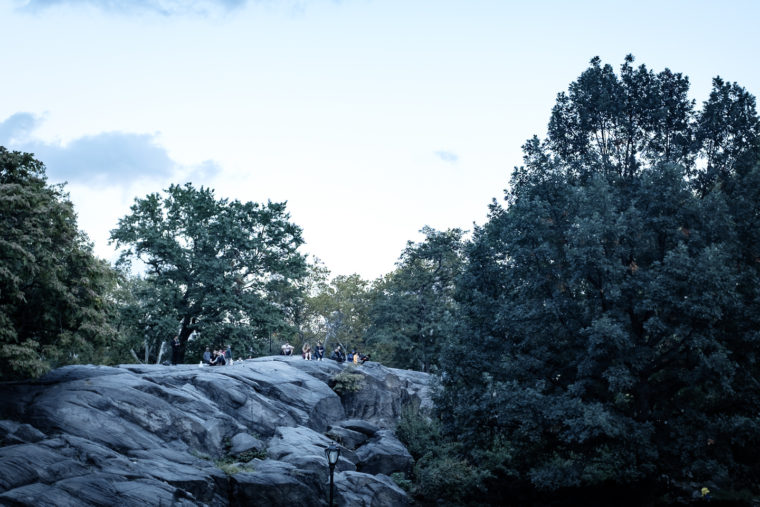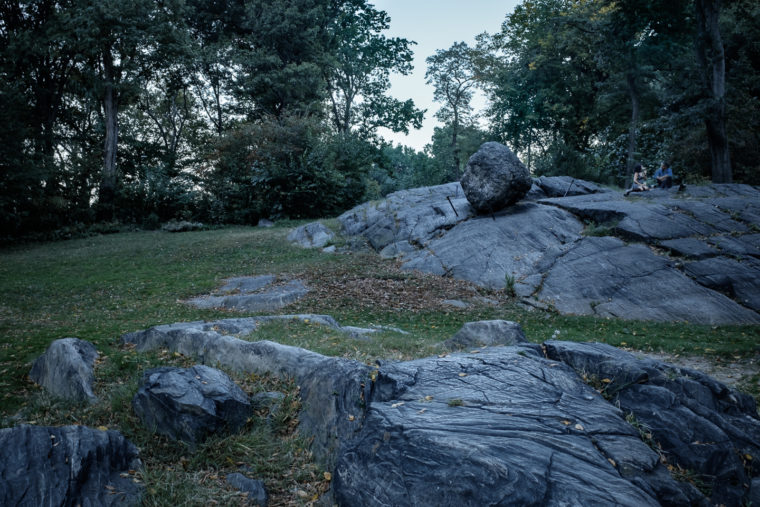Rockfella
Two years ago, during an extended stay in New York, while walking through Central Park every day, I noticed some surprising behaviour.
The trip to New York was for work, mostly. A week in Brooklyn, visiting the studio of a mentor and friend, for a creative workshop. Then a little longer than a week alone in Midtown, staying on 56th street, visiting galleries and writing. Finally, a weeklong family holiday, staying in Soho.
The idea of ticking off a list of tourist hotspots was unappealing. What’s the point of rushing around a city just to get the requisite selfie in front of some landmark? So you can say you ‘saw it’ if only for a few seconds?
Trying to understand what it’s like to live in a place is interesting and challenging, the kind of thing that might change the way we see the world, or make us ask profound questions about the way we live.
To race in and out of the Empire State Building is one thing, but to live with it as a frame of reference, as a point of navigation in your day, the way our ancient ancestors might’ve used a distant mountain, or the stars at night, is another thing entirely.
So, I made a small list of things I wanted to experience during that stay in New York. Of course, I was going to spend as much time as possible in the city’s galleries and museums. There was also going to be plenty of Latin American food to consume.
And I wanted to walk in Central Park.
Even if you’ve never been to New York, Central Park’s bridges, fountains and paths seem familiar, having been the backdrop to countless movie and TV scenes, advertisements and photo shoots. It’s a public space that seems to transcend its geography and belong to our collective imagination, regardless of where we live.
And yet, it very much belongs to the people of New York. During my stay, I managed a dozen long walks in Central Park. I saw street artists, dancers, musicians, families at play, lovers, the avid reader in a corner with a book, leaders of world diplomacy out for a run, elderly couples taking a route they perhaps have taken many times before. And I also saw a sight, a behaviour that struck me as both odd and familiar at the same time, something I decided to document in this little photo series.
But, to explain why this fascinated me so, we need to go back a few years, perhaps many years, to the wood and fibreboard schoolrooms of my childhood.
Growing up in Australia, I was fascinated by Indigenous culture. I wanted to learn about the people who had inhabited Australia before European settlement, their languages and their rituals. But the school textbooks we were given and the classes we sat through offered us little beyond a whitewashed version of early settlement and the occasional reference to Indigenous mythology.
One kind of image from those textbooks lingers in my mind: often a solitary figure, though sometimes a small group of Indigenous folk, standing off in the distance, on a rock or clifftop.
Maybe it said something about the times, the artists who made those images, or the mandate they were given. But all they got was a two-dimensional rendering, the way a Victorian botanist might depict a newfound species of plant – that unknowable distant figure on a cliff, spear in one hand, shield in the other.
It was common to hear the term fella in Australian slang, short for fellow (like gentleman): young fella, old fella, but also, especially in rural areas, white fella and black fella. It was the fundamental, all too often unresolved, divide in Australian culture. And, as a young immigrant, there I was inheriting this divide, with little more than the image of the fella on the rock to guide my questions.
New York feels so far away from the Australian outback, the city of titans, Vanderbilts and Rockerfellers, the giant sponge that seems to soak up every great from the worlds of art and music.
And yet, here were people engaging in a behaviour I associated with those images set in the Australian outback: a fella on a rock, in the city of Rockerfella, a rock fella. Once I noticed this, I saw it over and over again on every walk: people finding refuge, love, solace and solitude in this most global and cosmopolitan of cities in a way that also felt ancient; unknowable locals whose customs and habits I yearned to understand, as a temporary sojourner in their homeland.
